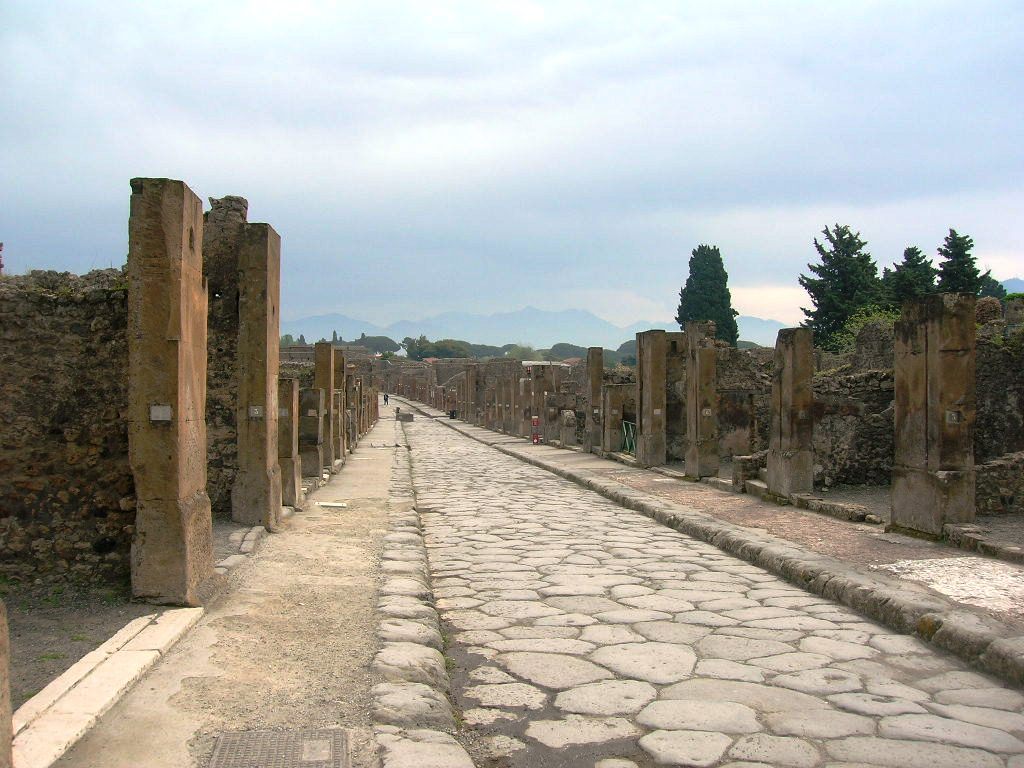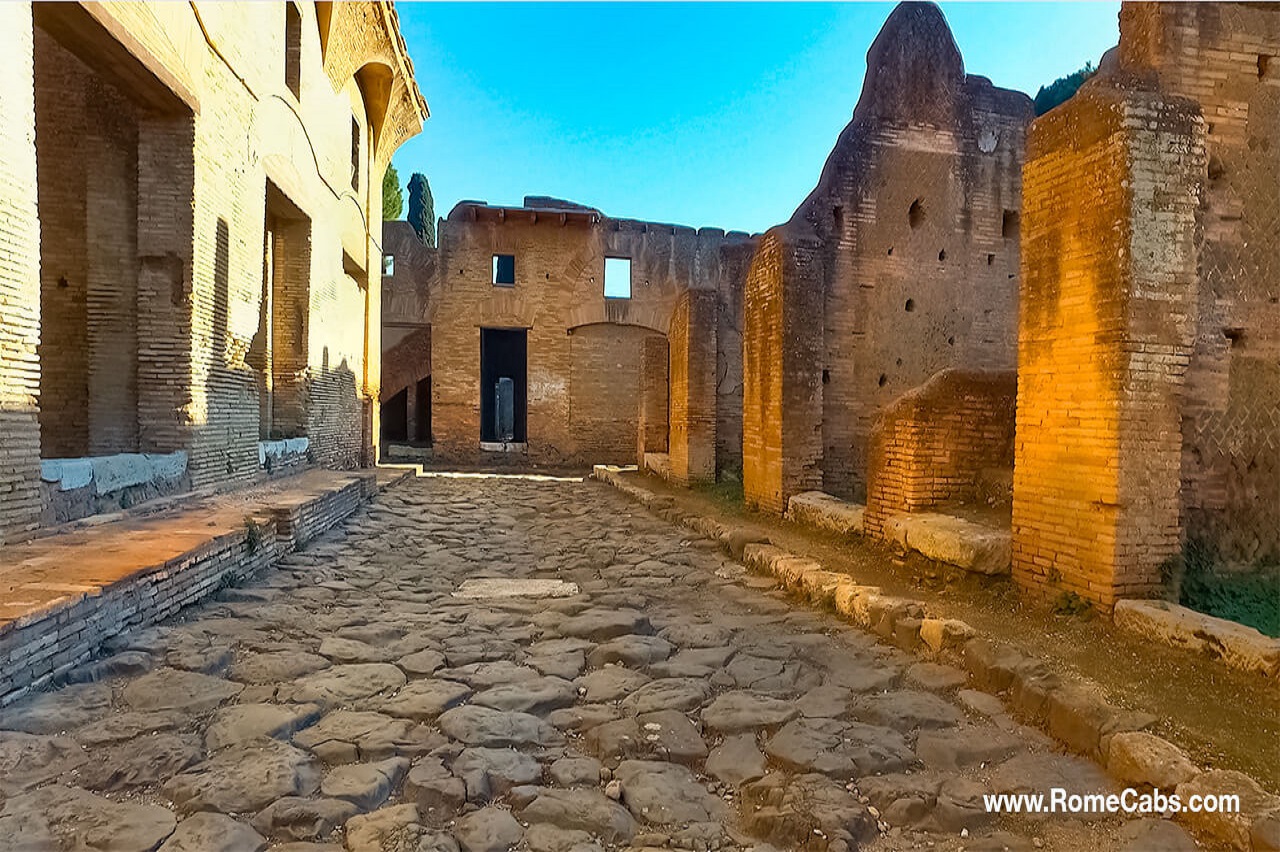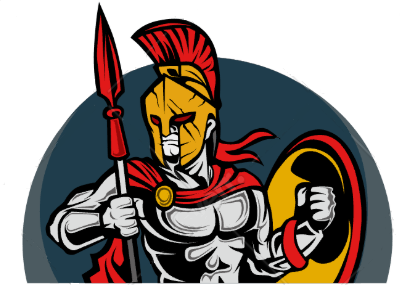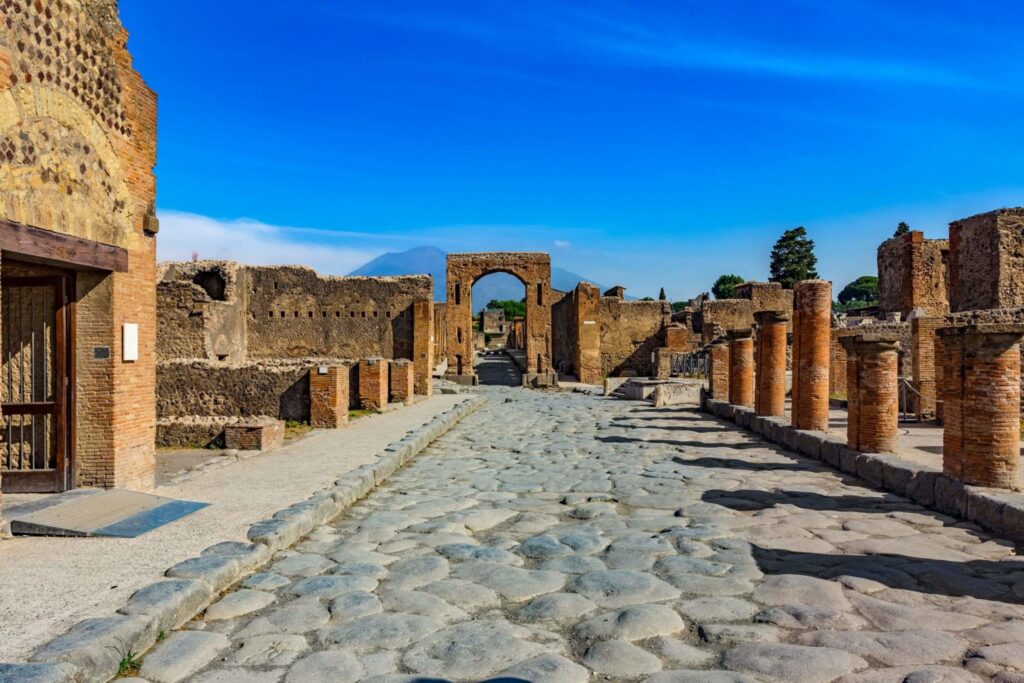Roman roads are among the most impressive achievements of ancient engineering, forming the most advanced transportation system of their time. The Roman Empire was at its largest when Emperor Trajan died in 117 AD, spanning from the Atlantic Ocean to Mesopotamia, from modern-day Scotland to the Sahara and the Arabian Gulf. Over 400,000 kilometers of Roman roads were in place, of which about 80,000 kilometers were paved. Built primarily for military use, these roads connected distant provinces to the capital, giving rise to the famous saying, “All roads lead to Rome.”
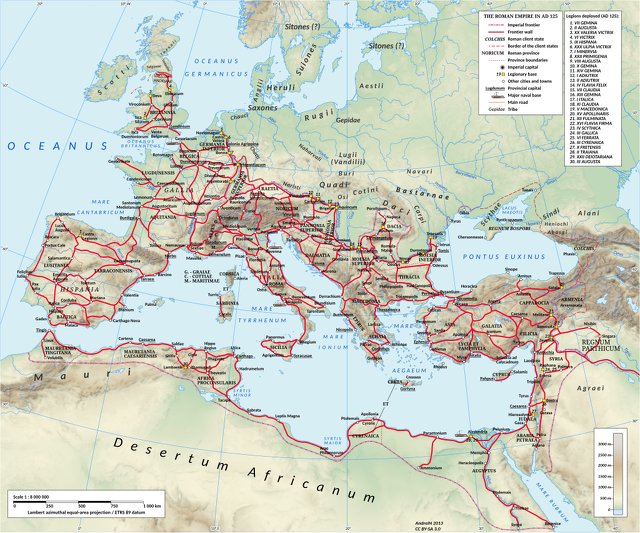
network of main Roman roads in the time of Hadrian (ruled 117–138)
Historical significance
From a historical significance perspective, the Roman roads were essential to the empire’s growth and stability. Roman roads were built with military effectiveness in mind; they had wide, straight paths, sturdy all-weather surfaces, and way stations spaced frequently. . These characteristics allowed Rome to swiftly send reinforcements, which sped up troop movements during conquests and deterred rebellion. The roads also accelerated trade by improving the efficiency of goods transportation, resulting in economic prosperity throughout the empire. The building of these roads strengthened the unity among the various regions of the empire. Roman roads were built to last, and many of them can still be seen today.
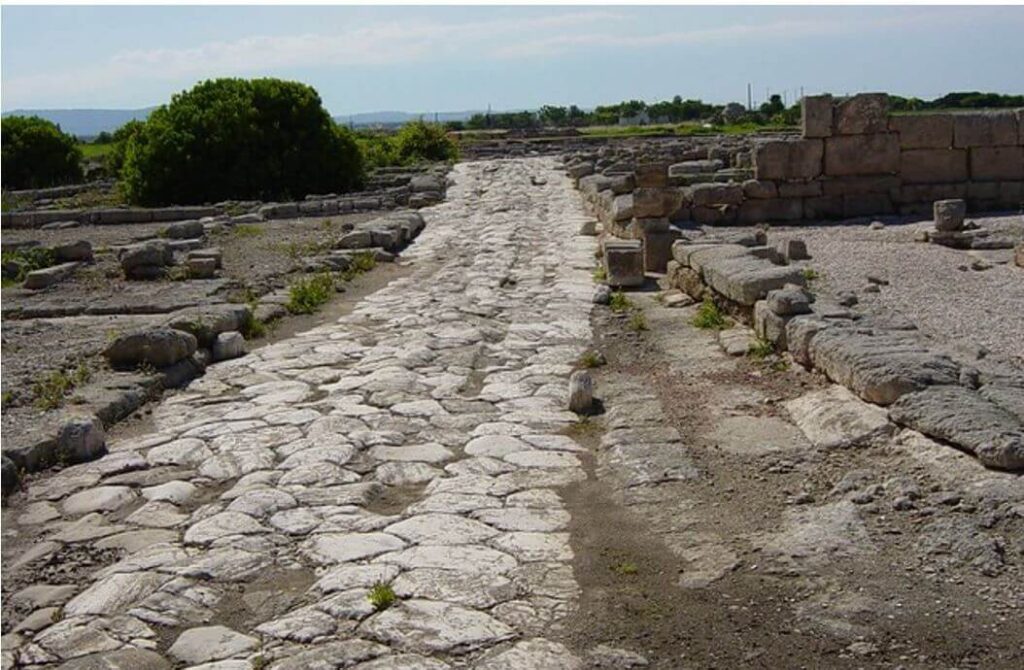
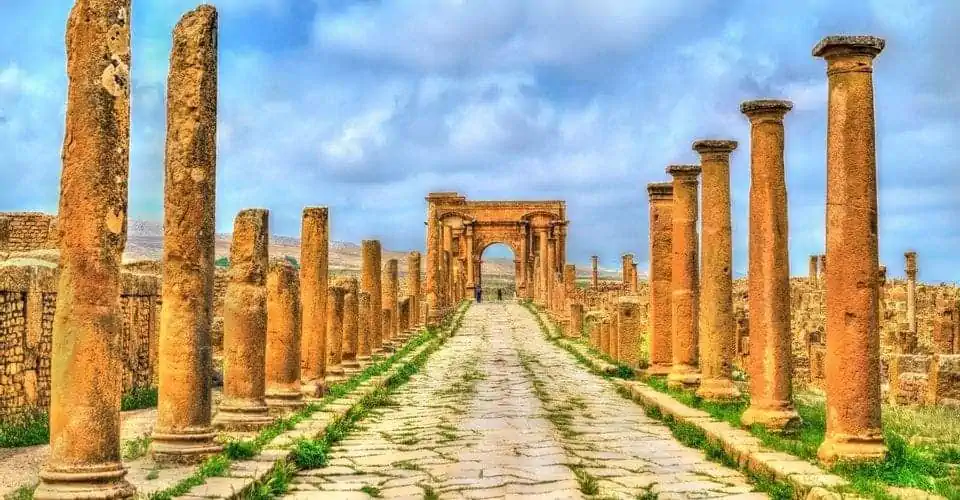
Cause and consequences
The construction of Roman roads was primarily motivated by military necessity for defense, conquest, and control. The need for effective communication, administration, and trade within the expanding empire added to the reasons for building Roman roads. The result was a vast network that allowed Roman legions to move quickly and efficiently while maintaining control over every area of the empire. In the event of an emergency, even the most remote regions of the Roman world could expect to be swiftly supplied or reinforced, reducing the need for large and expensive garrison units at frontier outposts. Roads were essential to trade because they connected cities and encouraged urban growth along their routes. The Roman roads helped spreading Roman culture and language and fostering assimilation and loyalty among conquered peoples.
Continuity and change
Reliable roads were uncommon before the Romans. Although roads themselves were not Roman invention, the Romans revolutionized their design, construction, and use. Compared to earlier methods, Roman road-building techniques were remarkably more advanced. Roads were built in layers to guarantee strength, durability, flatness, and excellent drainage, enabling year-round use. The Romans built straight roads and constructed bridges or tunnels to overcome natural obstacles. For travelers and merchants, amenities like roadside inns, post houses, and mile markers increased comfort and dependability. Roman inventions drastically changed the longevity and design of roads, establishing new standards for infrastructure that have impacted contemporary systems. Many Roman roads remained in use for centuries, and in some regions of the Middle East and Europe, some of the original routes serve as the basis for contemporary road networks.

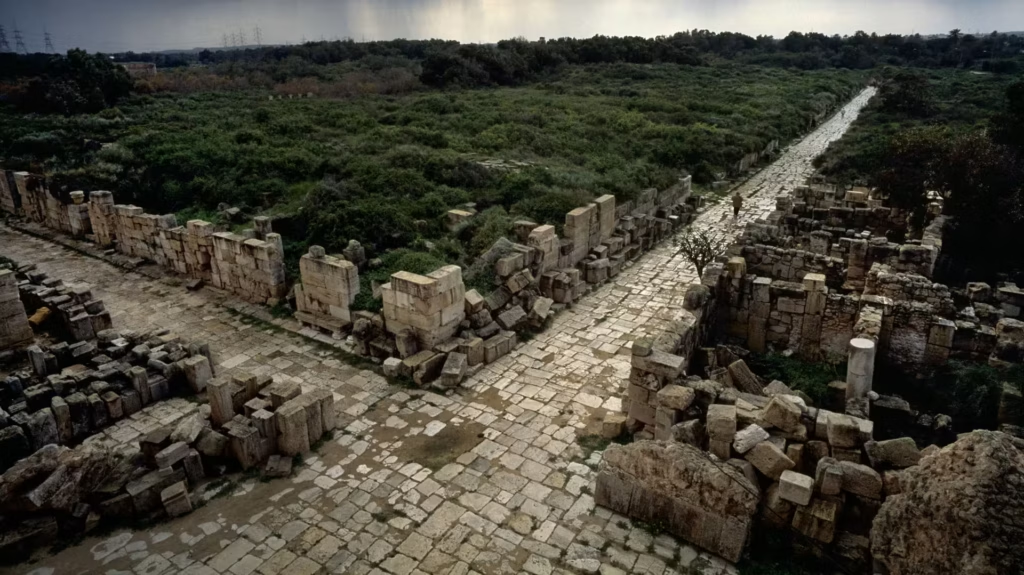
Historical perspective
For those living within the Empire, roads were not just a useful infrastructure; they were powerful symbols of imperial authority and control. As the Romans expanded their empire, they constructed roads that connected distant regions, from Britain in the west to Syria in the east, allowing them to be easily integrated into the larger imperial network. Roman roads represent early globalization as they fostered cross-cultural interaction, which helped ideas, innovations, and customs to spread throughout the Empire and contribute to a shared yet diverse Roman cultural identity.
Gallery
